What to Look for When Buying LED Lighting Fixtures
LED lighting should be a worry free investment which pays for itself through your monthly energy savings and remains maintenance free for up to a decade or longer. Unfortunately, not all LED’s are created equally. A quality LED fixture will last 50,000 hours or more while a poor quality LED fixture may only last 5,000 hours before failure.
Ortiz LED Solutions in-house LED expert Wayne DeCamp has a degree in industrial engineering and personally quality tests a sample of every LED product sold by his company. Over the years Wayne has discovered differences which affect the lifespan of LED lighting fixtures and lead to premature failures.
Recently an electrician brought Wayne an LED Wall Pack that had failed after about a year of use. Another electrician had installed several of the same LED Wall Packs in his client’s space and all of them had failed within the first year of use. The electrician knew LED lighting offered his client the best ROI and wanted to know why these particular fixtures had failed after only a year.
Wayne put the failed LED Wall Pack on his work bench and disassembled it to discover what went wrong. Wayne quickly identified the flaws that lead to the premature failure and disassembled a quality LED Wall Pack to show the electrician the design differences. The table and images below offer you a quick comparison of the two LED Wall Pack fixtures.
Failed LED Wall Pack
|
Quality LED Fixture
|
|
Poor design / layout of LED array; mounted directly on a plate and screwed into the aluminum housing. No heat sink material used. |
Thick aluminum back plate for LED array mounting. Extra cooling fins/ good heat sink material for proper contact to disperse heat.
|
|
Inside back of fixture has driver mounted directly to the housing, again not allowing for any heat dissipation through free air circulation.
|
Driver mounted on standoffs to allow for free air circulation.
|
| No on-board controls. | On-board controls for photocell and occupancy sensors to control how long light stays on at 100% and how much it dims when there is no movement. |
| Many low quality fixtures on the market now with plastic lenses, these weather/ yellow as they age. | Durable borosilicate glass lens. |
| No warranty | A 5 year minimum warranty should be expected for LED lighting fixtures. |
When you are ready to purchase your LED lighting system, don’t be afraid to ask your supplier to demonstrate their product for you. LED system component choices should be based on quality materials, build, and schematics, not bulk discounts or surplus parts. A good LED supplier will be willing to open their fixture up and evaluate the quality of the product before selling it to a customer and stand behind the product with a solid warranty.
Here are a few things you need to know about LED lighting to get the best R.O.I. from your LED lighting purchase.
- Purchase from someone who knows their LED product and is willing to demonstrate and test the quality and characteristics of the LED light before and after installation.
- Your LED supplier should be able to demonstrate the differences in the color of lighting options (Kelvin Temperature) as well as color rendering (CRI) and help you make the ideal choice for your application.
- A CRI of 100 is the highest possible rating, good fixtures are over 80.
- A 5 warranty on LED Lighting fixtures should be expected. Due to the durability of quality LED products many suppliers offer warranties of up to 10 years on their LED products!
- LED’s use almost all energy consumed to create visible light, however the back side of LED’s do get hot and overheating because of poor cooling is a major problem.
- Getting rid of heat (called Thermal Management) is an important issue, not only with the LED light engine but the LED driver as well. Both can be a problem in poorly designed fixtures. If designed properly, it is relatively easy to dissipate heat and ensure both components have a long life.
- Proper installation of LED’s to produce the most light is very important. If your LED supplier offers installation be sure they use a properly trained technician.
- Today’s quality LED lighting utilizes lighting controls in the system design to maximize efficiency. Using LED system controls to dim the lights when there is no movement can save another 65% on your lighting cost. Your LED supplier should be able to demonstrate these system controls and design a system which maximizes your potential savings.
- The ability to change these settings needs to be set to the owners specification’s by the installer.
- Your LED supplier should be able to demonstrate the differences in the color of lighting options (Kelvin Temperature) as well as color rendering (CRI) and help you make the ideal choice for your application.

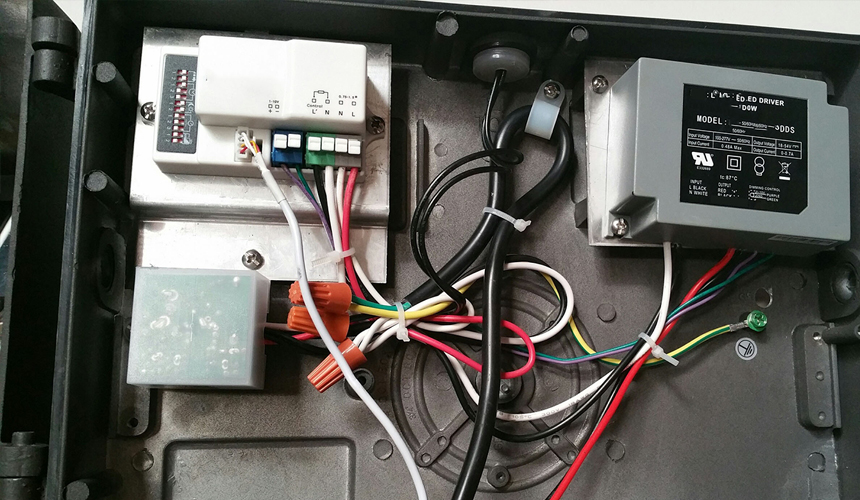
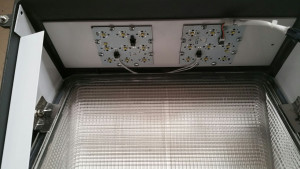
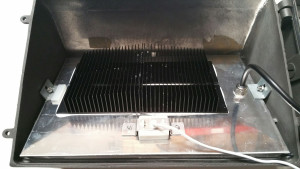
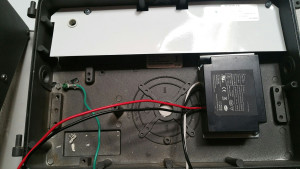
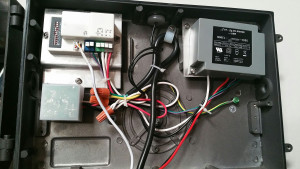
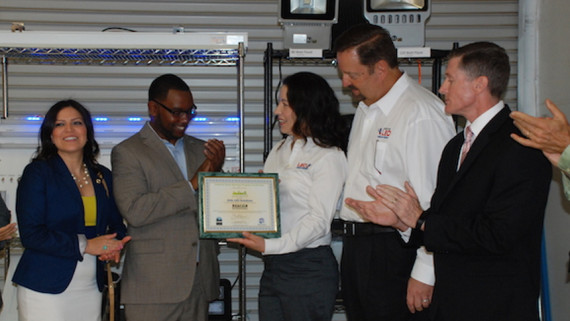

Comments
Comments are closed.